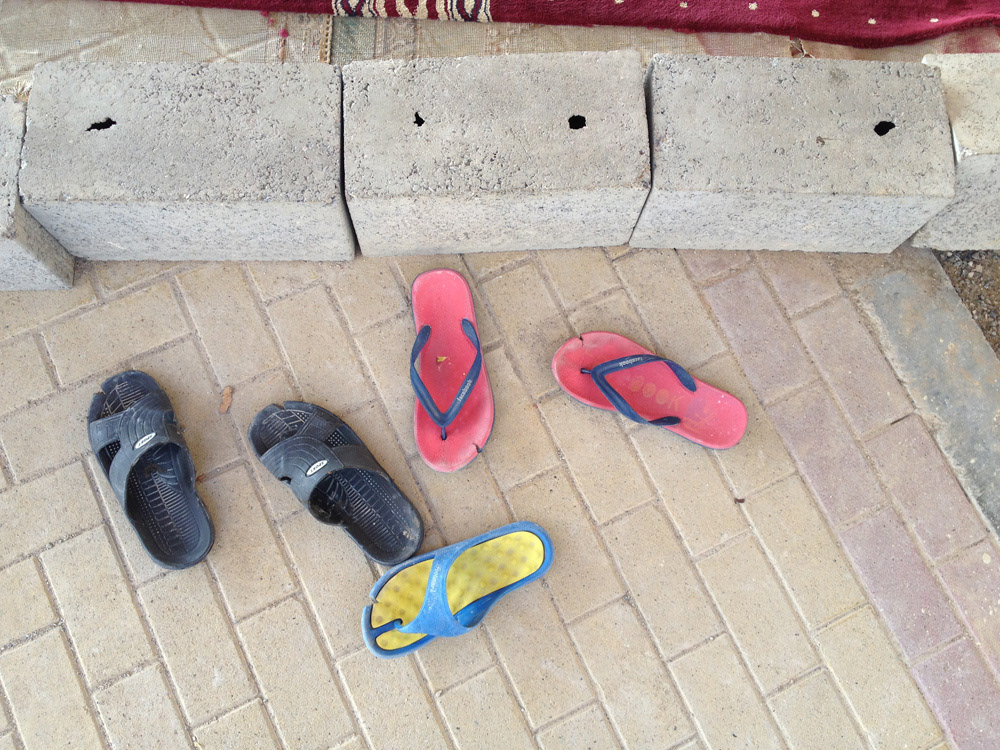This visual sociology micro project was started during Practice Based Research In The Arts, NovoEd/Stanford University. The main project to which it belongs was not realisable within the timeframe of the course. Both projects explore questions of colonialism, postcolonialism and orientalism.
Making visual material for the larger project would normally start after the completion of subject interviews/text, however for a 10-week program I had to adapt my approach to produce images and sound within the course timeframe. This project documents the construction of a mosque outside my apartment. The images will be woven into a cine roman with a soundscape of the city at prayer time. As the project expands details and other images will be made around the construction site. It is not certain if they will be used in the final film.
As prints the mosque images will be presented as a grid.
The two projects are both explore society through a non-national's experience.
The sketches give the context to the society the images are made in. This sketch body of work will continue to grow and can be though of as a digital note book.
As the mosque is only now (2013.12.04) rising above its foundations the linear progression is not as dramatic as it will become. Also it has been necessary to repeat the frames to make the piece a reasonable length so the construction 'rewinds' before it advances again. In the final piece it will be an advance only. This piece concerns itself with religion. In this case Islam. The images were only made at the five prayer times (pre-dawn, noon, afternoon, dusk and evening). As such the artist's practice has become an equivalent of a ritual religious practice. A critical reading of the construction site, empty at prayer, contrasts with the completed building which, at prayer, will be full of people. All images were made with the same strict parameters and this rigour (fixed viewpoint, aperture, lens etc) reflects the dogma of faith based religions (Islam, Christianity and Judaism).
Many exposures were made of the prayer times and sometimes one of them provided a punctum to the dictum (Roland Barthes Camera Lucida) of the image and project. In the final sequence the audiences' attention will be drawn to these punctums by moving into and briefly holding the detail.
For those who would like to know more about the project there is a PDF available from the course studio west site.
This is the first test soundscape for the project and the first time I've used a mic 'in the field'. Needless to say I learnt a lot. A mic should be treated like a smoking gun, "Put the mic down, move away and do not make any sudden moves." I often didn't do any of these things and it shows. But that's what tests are for. Learn and move on. I'll be spending the next few months applying what I have learnt to make cleaner recordings. I also need to get a sock to protect the mic from breezes.
The track is 3:26 and is best listened to on headphones or with speakers spaced far apart. The left speaker's track was recorded close to a mosque while the right speaker was recorded from an apartment window high above the city. By playing the near and far audio simultaneously it is hoped to give a sense of the depth of Al Ain and the life of the city.
Sketches
The following images were made around the periphery of the construction site or near the mosques used for the 'close-up' recordings. It is hoped they give a context and an extra understanding to the sequenced construction.



















